The U.S. Small Business Administration approved over 100,000 loans to small businesses in 2004. This is the first time since 2008 that this has happened. According to the SBA, this is a significant achievement.
Dental startups play a key role in this surge. As the cost of opening a new dental office continues to climb, smart dental equipment financing strategies are more important than ever.
Buying dental equipment is one of the biggest investments in your dental practice start-up journey. From imaging machines to intraoral scanners, the costs add up quickly. Without proper planning, you risk straining your cash flow, delaying operations, or choosing outdated tools.
If you’re serious about launching a modern clinic, financing is your fastest path to functionality. In this guide, we break down how to plan, budget, and leverage dental equipment financing for a high-ROI launch.
Why Dental Equipment Costs Matter
Dentistry business costs have evolved dramatically. State-of-the-art tools are no longer optional. They’re expected by patients and essential for competitive care.
Whether you are starting a new dental office or improving an old one, equipment costs can range from $150,000 to $500,000. This depends on the type of practice and specialty you choose. Advanced imaging systems, digital workflows, and integrated software tools come with higher upfront investments. Practices focusing on pediatric dentistry, endodontics, or prosthodontics may also require specialized equipment.
The cost also varies by location and buildout strategy, with urban settings requiring higher budgets. Strategic dental equipment financing helps balance these rising costs while maintaining access to the latest tools.
Common startup expenses:
- Dental chairs and operatory stations
- 3D and panoramic imaging systems
- Intraoral cameras and scanners
- Sterilization equipment
- Practice management software
Buying dental equipment outright can drain capital that’s better spent on hiring staff, marketing, or building out the space. It also limits your ability to invest in emerging technologies or allocate funds toward expanding service lines. Financing preserves cash and keeps operations agile, allowing you to modernize without depleting essential reserves.
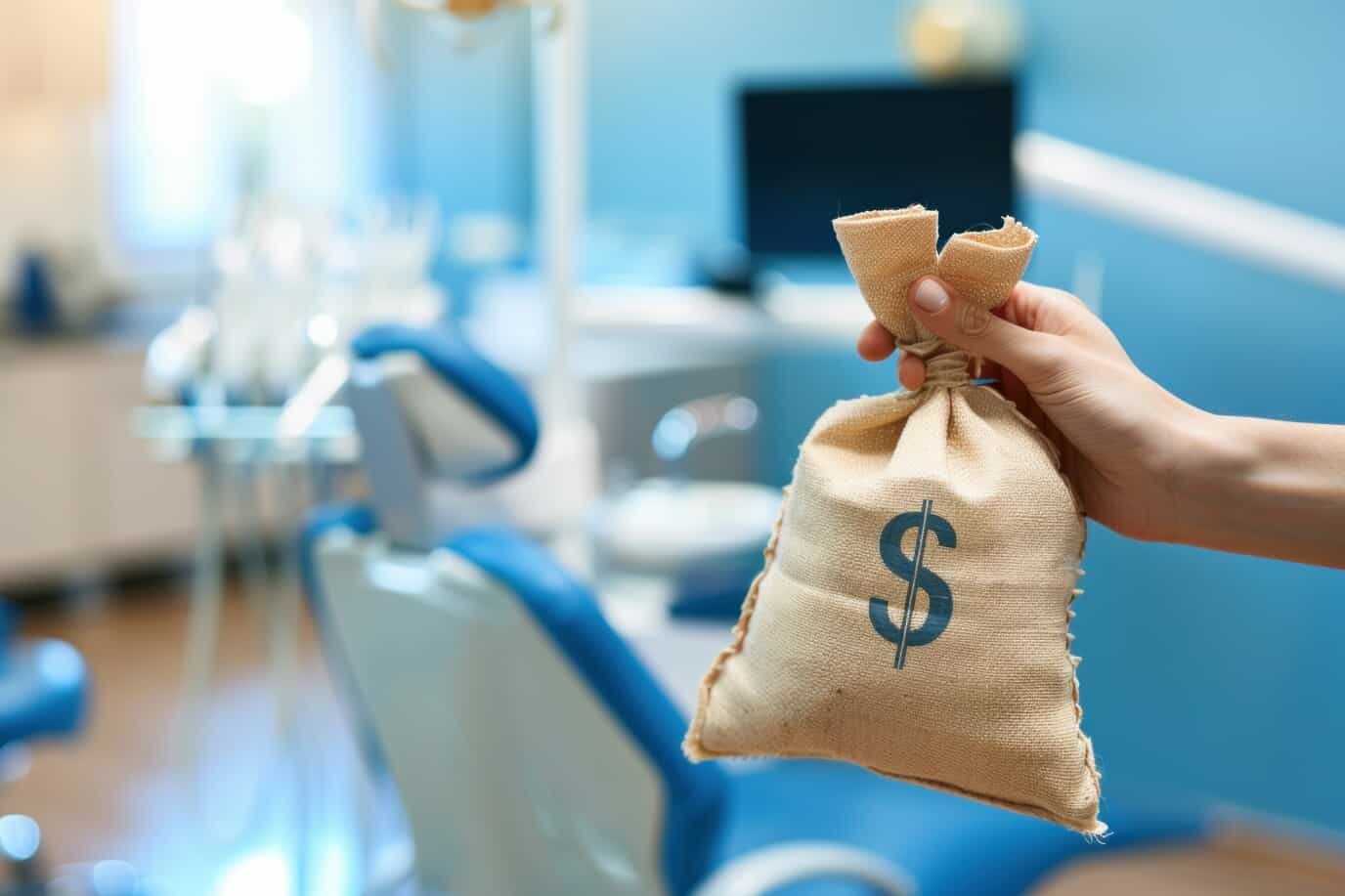
Types of Dental Equipment Financing
Every practice has unique needs based on specialty, patient volume, and budget constraints. That’s why having flexible financing models is essential to finding the right fit.
There’s no one-size-fits-all approach. Below are the most common options used by modern dental practices.
Equipment Loans
Traditional term loans are explicitly used to fund equipment purchases. These loans often offer:
- Fixed interest rates
- Predictable monthly payments
- Repayment periods from 3 to 7 years
Many lenders offer loan packages tailored to dental professionals, making it easier to secure favorable terms. Equipment loans are ideal for high-ticket items that provide long-term value and generate consistent revenue.
Equipment Leasing
Lease high-cost tools instead of buying them. This model:
- Reduces upfront expenses
- May include maintenance
Leasing works well for technology that rapidly evolves, like CAD/CAM machines. It allows practices to stay current with the latest innovations without large capital commitments.
At the end of the lease, you may have the option to:
- Upgrade
- Buy out the equipment
- Return it
This flexibility makes leasing a smart choice for startups managing tight cash flow. However, it’s important to compare total lease costs over time with ownership to avoid overpaying.
SBA Loans
Offered by the U.S. Small Business Administration, these low-interest loans are ideal for practice owners with solid credit. Terms can extend to 10+ years, making monthly payments more manageable.
SBA loans can cover equipment, working capital or even real estate needs for your dental practice start-up. Although approval takes longer because of documentation and underwriting requirements, the favorable rates and flexibility often outweigh the wait.
These loans also come with support resources from the SBA, helping new dentists make informed financial decisions.
Vendor Financing
Some equipment suppliers offer built-in financing with promotional interest rates or deferred payments. This can simplify the buying process, as it eliminates the need to coordinate with third-party lenders.
Vendor financing is beneficial for bundled packages or custom setups tailored to your practice. It’s important to compare the offer with outside loan rates. This way, you can avoid losing flexibility or paying too much in the long run.
Always read the fine print and confirm whether the financing covers the following:
- Training
- Servicing
- Installation
Business Lines of Credit
A business line of credit provides quick and flexible funds. It helps cover costs such as equipment purchase, installation, training, and repairs. You can use lines of credit many times as you pay them back. This gives you financial flexibility during your clinic setup.
Many lenders offer revolving credit with limits based on your business profile and cash flow. This can be ideal for managing unpredictable expenses.
Many practices utilize a combination of these tools to stretch their budgets and expedite their launch timelines.

How to Build a Dental Clinic Business Plan That Attracts Lenders
Lenders want to see a clear roadmap to profitability from the Dental Business Plan. They need assurance that your practice will generate consistent revenue and handle debt responsibly. A well-structured business plan demonstrates your financial foresight and operational readiness.
Key components include the following:
- Executive summary with your vision and timeline
- Start-up cost breakdown including all dentistry business costs
- Revenue forecast for the first 3-5 years
- Details on your team, roles, and staffing strategy
- Marketing plan to attract patients in your area
A solid dental clinic business plan shows lenders that you’ve done your homework. It demonstrates:
- Financial discipline
- Thoughtful strategy
- Operational preparedness
A clear, compelling plan reassures lenders that you’ve considered both the risks and rewards of launching a dental practice. It gives them the confidence to invest in your vision.
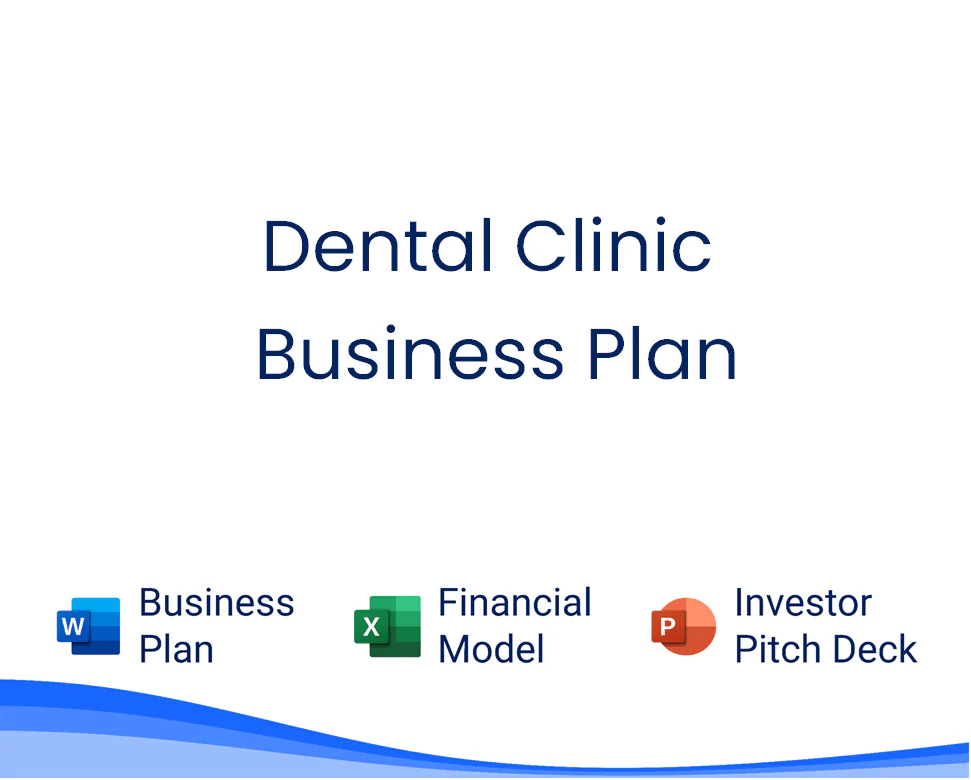
Budgeting Tips for Dental Practice Start-Up Costs
Financing doesn’t mean spending without caution. Strategic decisions at this stage can determine your profitability for years to come. Even with approved funding, unchecked spending can lead to operational gaps and financial stress.
Dentists must take a proactive approach to cost control, especially when balancing essential equipment with growth opportunities. Start by identifying fixed and variable costs, and monitor both consistently. Be sure to leave room in the budget for unexpected expenses or delays.
Follow these best practices to protect your long-term margins:
- Separate essentials from extras: Buy core equipment first and add luxury items later
- Negotiate bundled pricing: Suppliers often discount when you buy multiple units
- Use leasing for fast-depreciation items: Avoid owning what will need replacing in three years
- Budget for hidden costs: Delivery, installation, IT setup, staff training, and software upgrades add up fast
Always factor in the total cost of ownership, not just the sticker price.
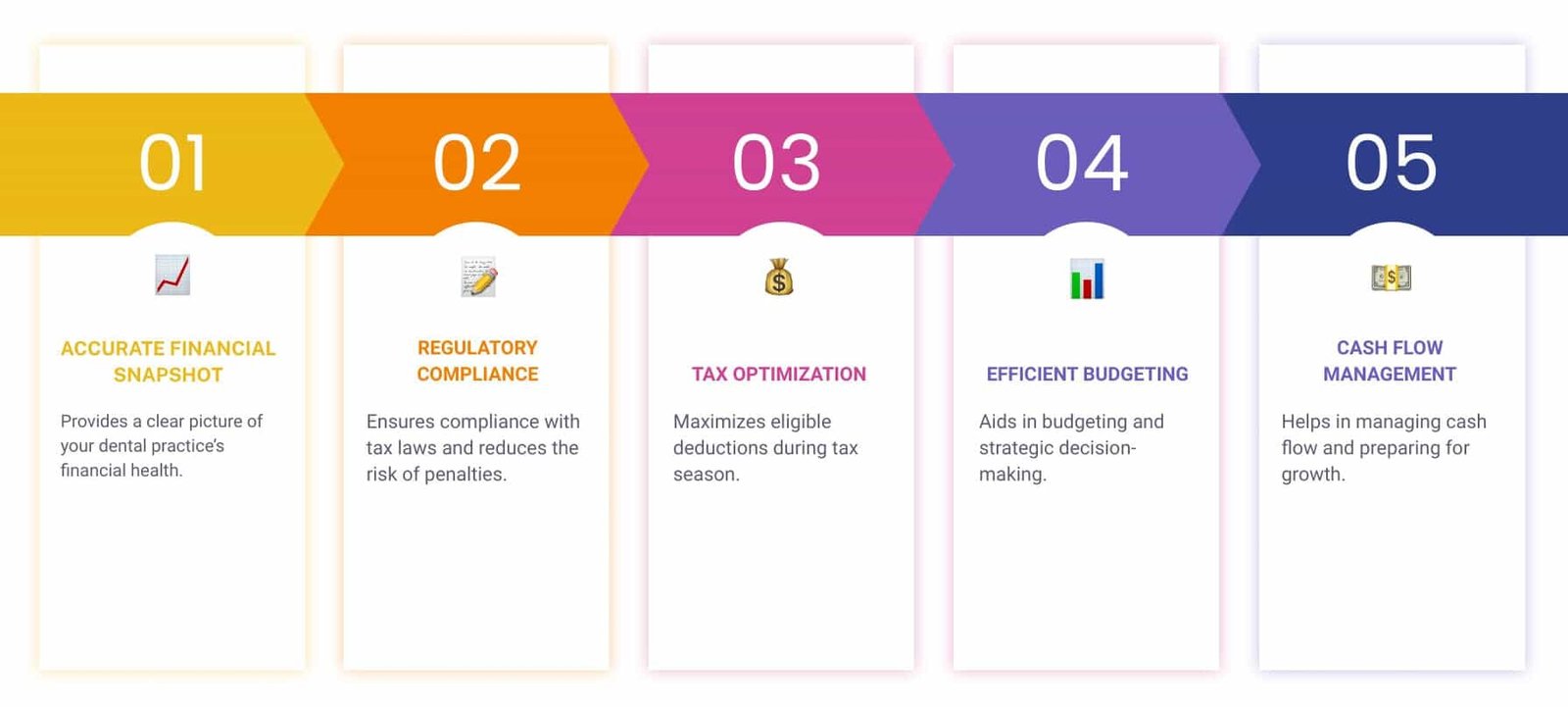
How to Choose the Right Financing Partner
Not all lenders understand the needs of a dental startup. Dental professionals face unique challenges, including equipment-heavy investments and lengthy patient acquisition cycles.
Your financing partner should recognize these nuances and offer products that reflect them. The right lender will work with your business model, not against it. Look for:
- Experience in the dental or medical industry
- Transparent terms and no prepayment penalties
- Flexible repayment aligned with your ramp-up timeline
- Options that fund both hard and soft costs
Some lenders even offer pre-approval based on your dental clinic business plan, which can speed up the process. Work with partners who align with your long-term goals, not just your immediate needs.

ROI-Driven Approach to Buying Dental Equipment
Every tool you finance should add value. Before committing, assess how the equipment aligns with your clinical goals and patient expectations. Think beyond price and consider factors such as efficiency, durability, and integration with your existing systems.
Evaluate how the technology can improve workflows or generate new revenue streams. Financing should support equipment that delivers measurable returns in time or money.
Ask the following:
- Will this tool improve patient experience
- Will it shorten procedure time or increase accuracy
- Does it expand my service offerings
- Will it reduce labor or lab expenses
Tools like intraoral scanners and milling machines may initially be more expensive. However, they waive lab fees and expedite delivery.
Financing high-ROI equipment helps you earn while you pay. By spreading out payments, practices can utilize income-generating tools immediately. They do not have to wait to save enough to buy them outright.
This allows you to:
- Treat more patients
- Offer advanced procedures
- Generate additional revenue streams from day one
When selected, financed equipment can cover its own cost and then some, improving both cash flow and competitiveness.
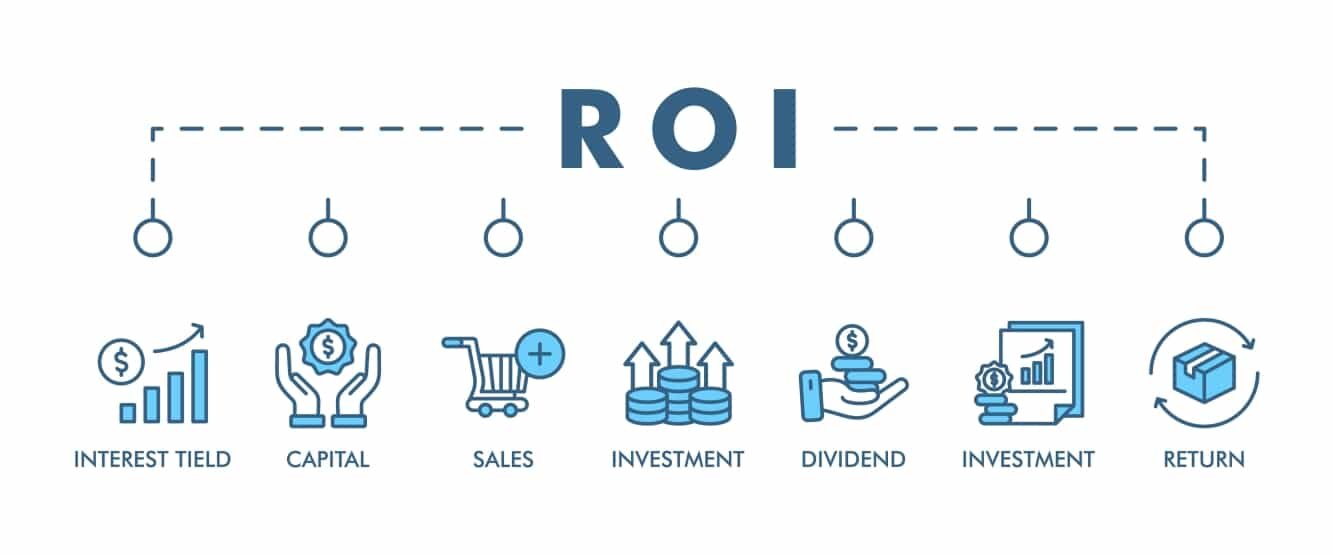
Tax Benefits of Dental Equipment Financing
Significant tax advantages exist for financing vs. purchasing outright. Under IRS Section 179, you can fully deduct financed equipment in the year you start using it, even if you haven’t paid it off.
Other perks include:
- Lease payments may be deductible as business expenses
- Preserves working capital for other investments
Consult with a dental CPA to optimize your purchases for maximum tax efficiency.
When to Finance vs. When to Pay Cash
Some items are worth buying upfront. These are usually low-cost essentials that don’t require ongoing support or maintenance. You can often find them with cash discounts, and they can be easily replaced without disrupting operations.
Paying outright for such items avoids interest costs and simplifies your books. Others are smarter to finance.
Finance if:
- You’re buying high-tech tools with long ROI windows
- You want to conserve cash for staffing or marketing
- The cost exceeds $10,000 and offers depreciation benefits
Pay cash if:
- The item is inexpensive (< $5,000)
- It doesn’t require servicing or training
- You’ve already met major capital needs
Use financing as a strategy, not a crutch. It should be an intentional tool to accelerate your growth, not a fallback when cash runs low. When aligned with ROI and operational planning, financing empowers smarter purchasing and sustainable scaling.

Timeline: Buying Dental Equipment the Smart Way
Planning your dental equipment purchase around a structured timeline helps you avoid unnecessary delays and budget overages. Each phase of the process, from research to installation, requires coordination among vendors, contractors, and lenders. The earlier you begin, the more leverage you have to negotiate favorable terms and make informed decisions.
Below is a sample timeline:
- Month 1: Create or finalize your dental clinic business plan
- Month 2: Shop for equipment and request vendor quotes
- Month 3: Get financing pre-approval and compare lender terms
- Month 4: Order equipment and schedule delivery
- Month 5-6: Install, train staff, and test
- Month 7: Go live with patients
Strategic scheduling helps avoid delays and budget bloat. By planning when to buy equipment, you can reduce last-minute issues.
Consider financing approvals, vendor availability, and construction timelines. This approach helps you avoid problems. It also allows you to phase deliveries and installations, preventing downtime and staff frustration.
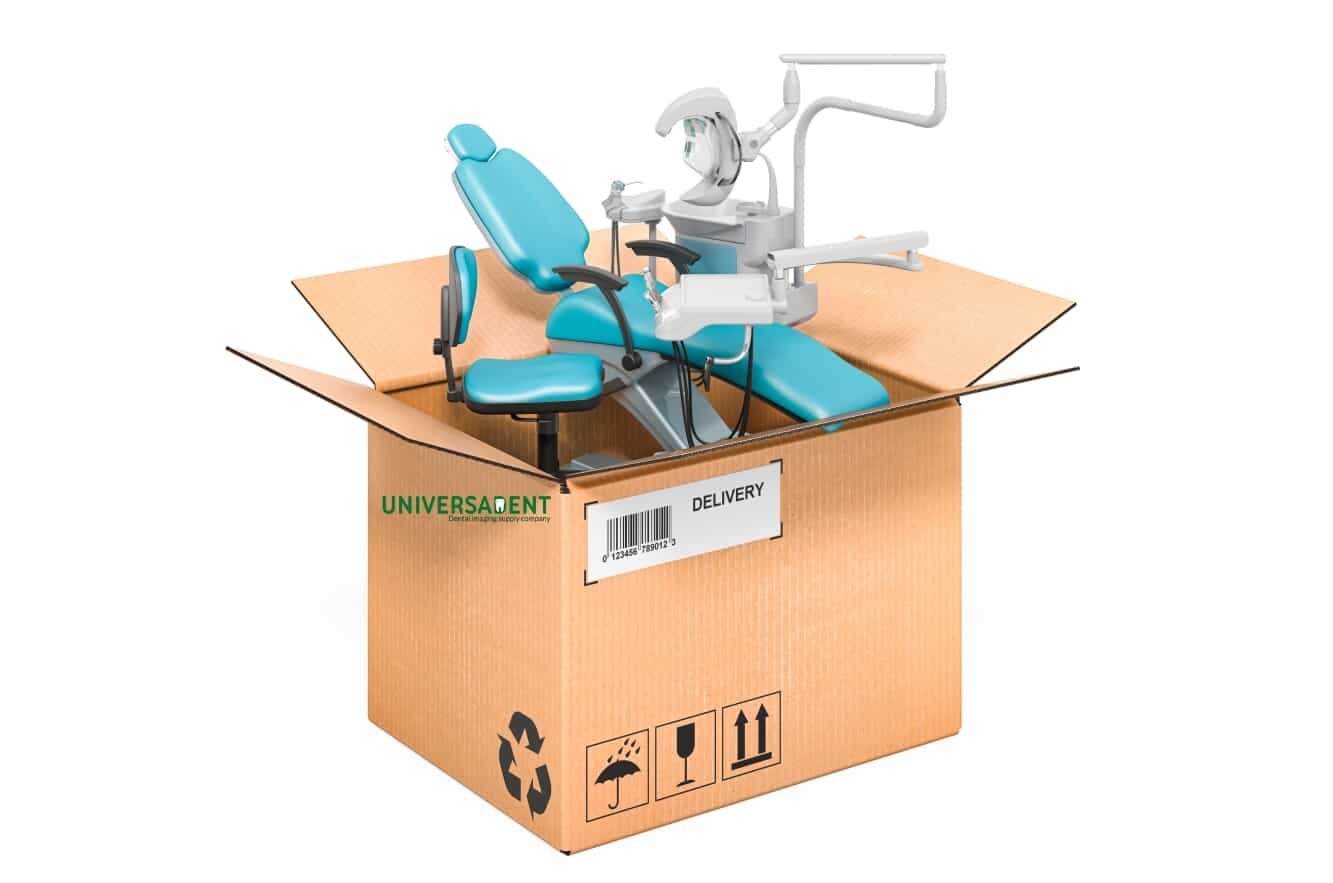
Red Flags to Avoid in Dental Equipment Financing
Even with a solid financing plan, missteps can lead to long-term costs and operational headaches. Some lenders or vendors may include terms that seem attractive at first glance but create financial strain down the line. Identifying these red flags early helps protect your cash flow and clinical flexibility.
Below are some common pitfalls to watch for when reviewing dental equipment financing agreements:
- Variable interest rates with no cap
- Hidden fees in early payoff clauses
- Limited warranties or required third-party servicing
- Bundles that include items you don’t need
Read all terms before signing any financing agreement. Review the fine print for:
- Interest rates
- Fees
- Warranties
- Service obligations
- Early payoff conditions
Feel free to talk to a legal or financial advisor. They can help you avoid agreements that may limit your options or raise long-term costs.

What Makes Universadent a Trusted Supplier
Universadent has been in the dental industry for over 30 years. They focus on digital imaging, intraoral scanners, and 3D equipment. Our strong relationships with suppliers and focus on customers make our company a smart choice for clinics. We help them stretch their startup budget.
Whether you’re outfitting a new dental office or upgrading aging equipment, Universadent offers:
- High-performance tools at competitive prices
- Personalized guidance on product selection
Universadent combines quality, selection, and service, helping dental professionals modernize without financial strain.
Final Thoughts: Plan, Finance, and Grow
Dental equipment financing is more than a workaround. A growth strategy exists.
When used wisely, it helps you launch your clinic faster. It also frees up money for operations. Additionally, it ensures you invest in tools that support long-term success.
With over 30 years of experience, Universadent provides high-performance dental equipment backed by a vast supplier network. We specialize in digital imaging, offering a wide range of products and providing prompt client support. This makes our company a great partner for practices that want to grow.
Explore innovative tools and imaging equipment through Universadent today.
